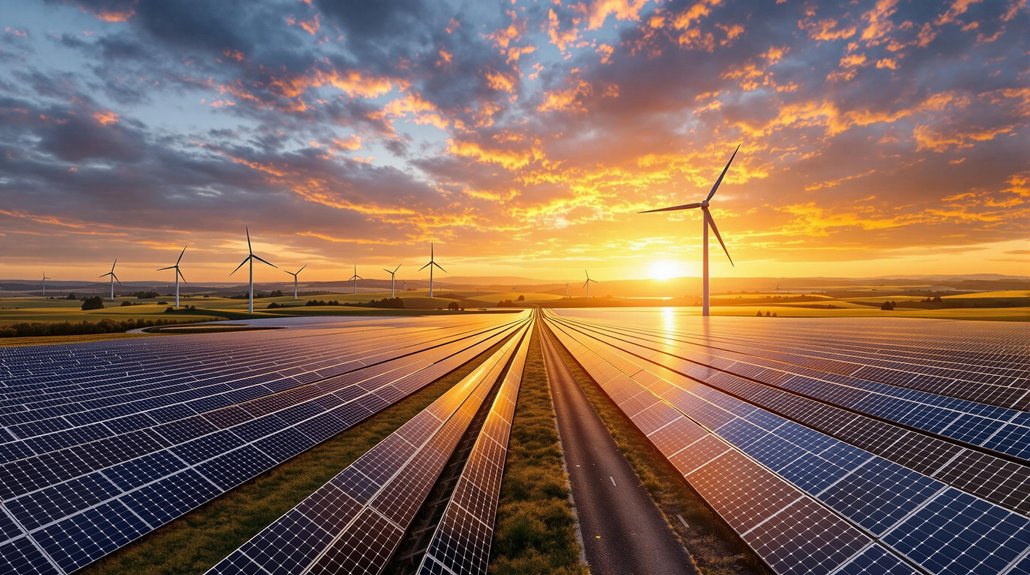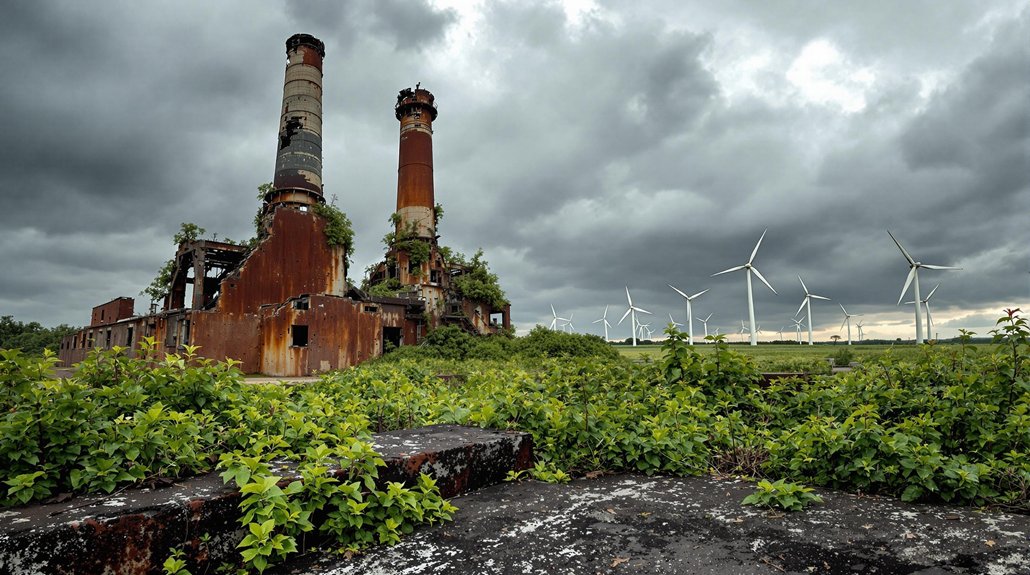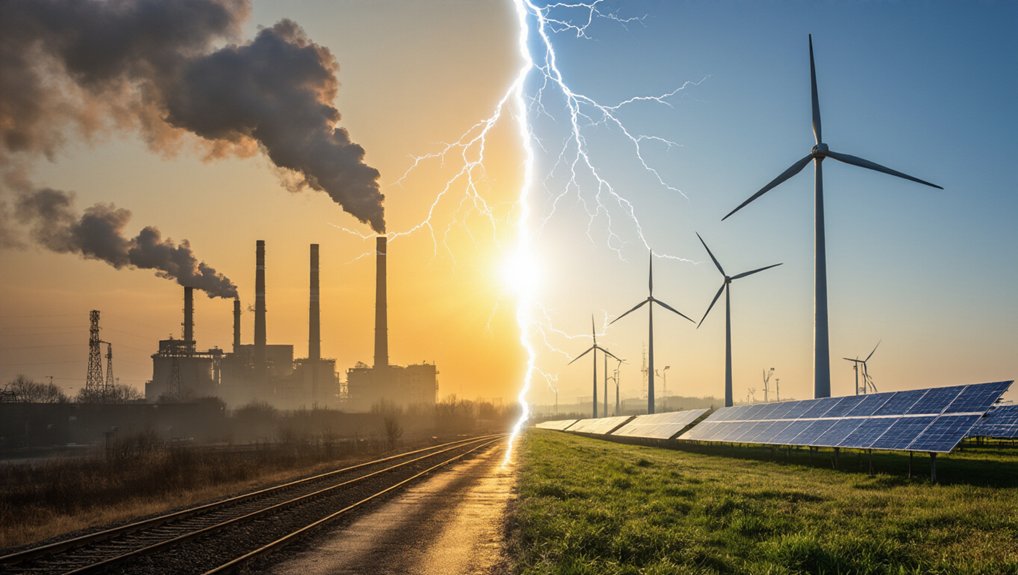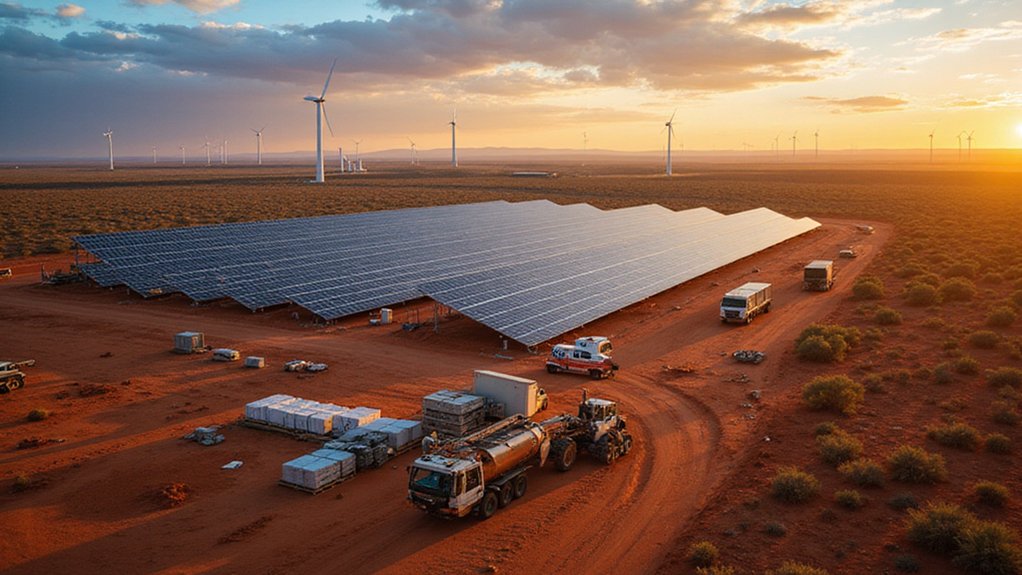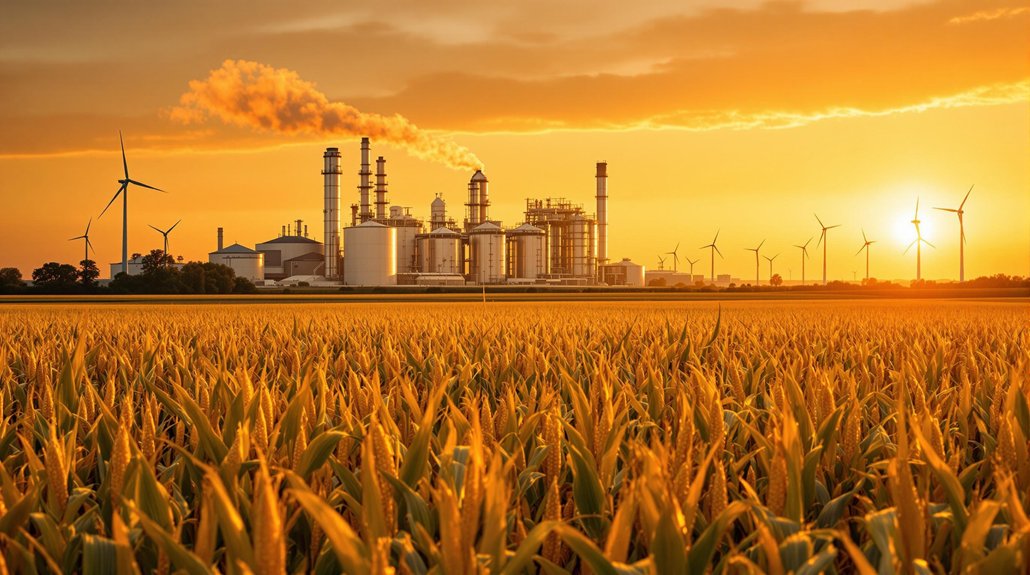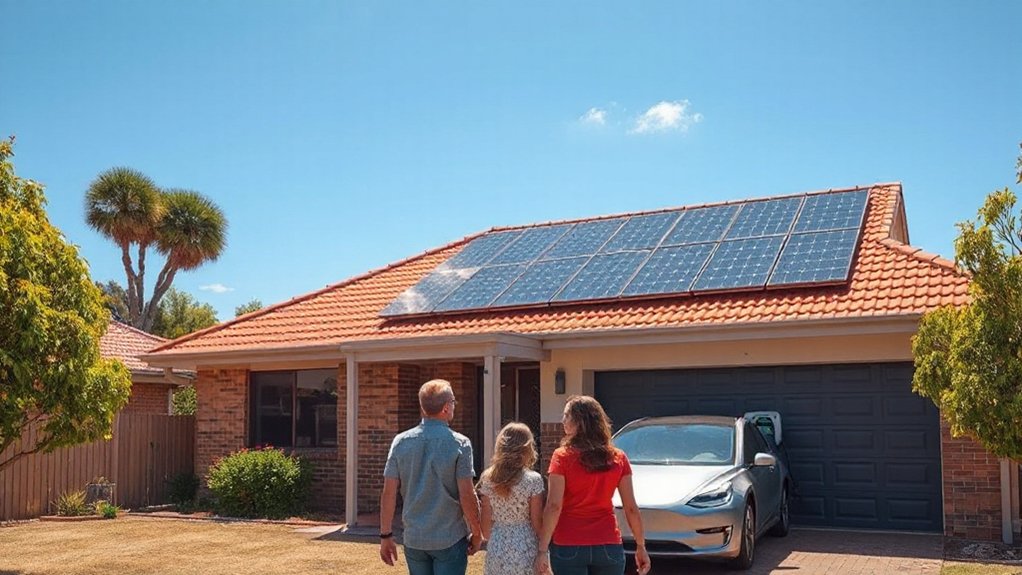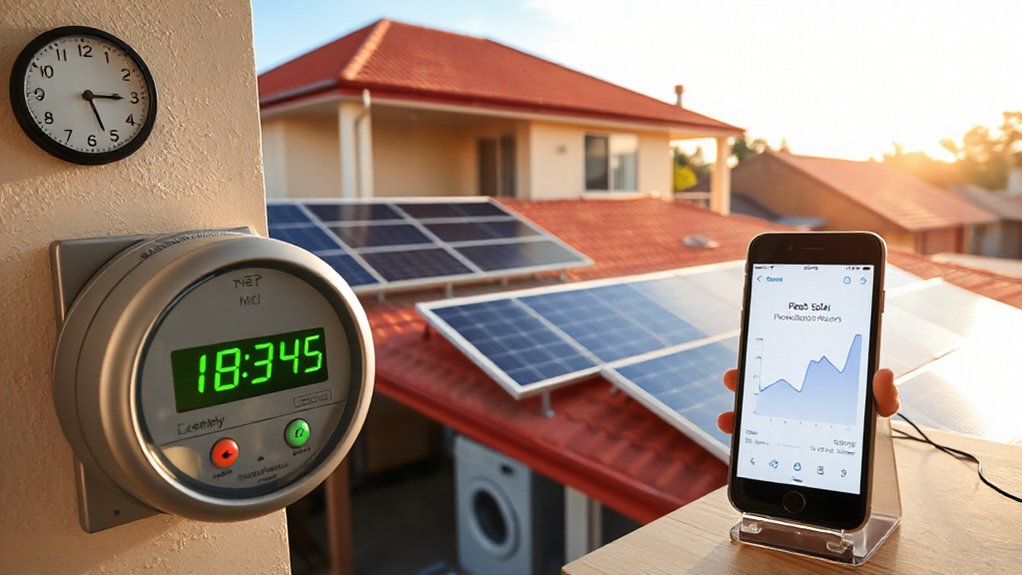Europe’s renewable energy market hit a milestone in March 2023. Deals secured 1.6 GW of new capacity across the region, with solar power leading the way. These agreements reflect Europe’s growing commitment to clean energy sources as part of its 2030 climate goals. The expansion contributed to increasing renewable energy’s share in gross final energy consumption. Despite challenges in policy implementation and supply chain issues, the continent’s shift to sustainable power continues at an impressive pace. What’s driving this solar boom?
Despite ongoing challenges in policy and supply chains, Europe’s renewable energy sector is experiencing unprecedented growth. The European Union has seen renewable energy’s share in gross final energy consumption climb steadily from 9.6% in 2004 to 24.6% in 2023. This nearly threefold increase represents significant progress toward the EU’s ambitious 2030 target of 42.5%, with a stretch goal of reaching 45%.
Europe’s renewable sector surges forward despite hurdles, tripling its energy share as it advances toward bold 2030 goals.
Europe is on track for record-breaking renewable capacity additions in 2025, with projections indicating 89 gigawatts (GW) of new installations. This includes 70 GW of solar power and 19 GW of wind energy, marking the highest annual additions for both technologies. These impressive figures follow 2024’s additions of 65.5 GW solar and 12.9 GW wind capacity.
Solar power continues to dominate the renewable landscape regarding volume. Solar has experienced remarkable growth, surpassing coal for the first time in the EU electricity sector in 2024. However, growth slowed to 4% in 2024, down from over 50% in the previous year. This slowdown is partly attributed to policy shifts in major markets like France. Despite this, the EU needs to maintain annual additions of approximately 70 GW to meet its 2030 goals.
The wind sector is also expanding, with WindEurope forecasting 17.4 GW of new capacity in 2025, representing a 35% increase from 2024. The industry faces pressures from rising costs and supply chain disruptions but remains a vital component of Europe’s energy shift. This mirrors the U.S. trend, where solar installations grew by 76% in 2023 compared to the previous year. In 2023, renewable energy sources accounted for 46% of production in the EU’s total energy generation mix.
Sweden leads the EU in renewable energy adoption with a 66.4% share in 2023, followed by Finland at 50.8% and Denmark at 44.4%. Countries like Luxembourg, Belgium, and Malta lag behind with shares below 15.5%, reflecting differences in natural resource availability and climate policy strength.
Renewables now supply 45.3% of the EU’s gross electricity consumption, a significant increase from 41.2% in 2022. This growth is primarily driven by wind and solar expansion.
While the EU’s renewable journey shows impressive progress, accelerated efforts are needed to bridge the nearly 20 percentage point gap to the 2030 target.
